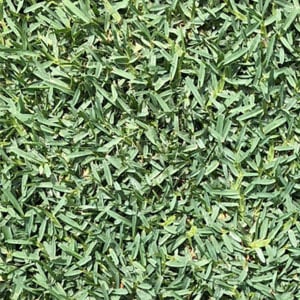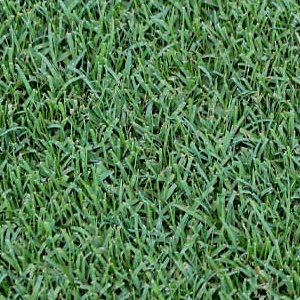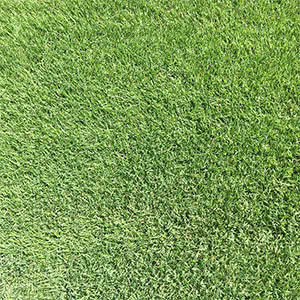Grass Plug Calculator
This is based off of a 12" plant spacing.
Floratam St. Augustine Grass Plugs: The Perfect Solution for a Beautiful Lawn
St. Augustine Floratam grass plugs are a type of grass known for its superior heat tolerance. These plugs can handle shade, giving your lawn its utmost performance, making it a smart choice for areas with some sun and shade. St Augustine Floratam sod is a medium to coarse textured grass with a light green to blue-green color. It's popular for residential and commercial landscapes in warm climates.
Floratam grass plugs are easy to install and will quickly establish a thick lawn that will be resistant to weeds and pests. The dense sod will also help to reduce water usage, and it will be less prone to erosion than other types of grasses.
Floratam grass plugs are perfect for homeowners and business owners who want a beautiful, healthy lawn without spending hours on maintenance. If you're looking for St Augustine plugs that will establish a thick, healthy lawn quickly, look no further than our Floratam variety. Our Floratam Grass Plugs come in 16 Packs, 32 Packs, and 64 Packs. Order the St Augustine grass plugs that best suit your needs and have them delivered right to your door.
Watering Floratam Grass Plugs
Floratam plugs will need to be watered every day for the first week after planting. After that, you can water them every other day. Be sure to keep the soil moist, but not soggy. Too much water can cause the roots to rot. When watering, use a soaker hose or drip irrigation to avoid getting the leaves wet, which can lead to disease. Once your grass plugs have established themselves, they will be much more drought tolerant.
Fertilizing Floratam Grass Plugs
St. Augustine Floratam plugs will need to be fertilized every two weeks during the growing season. Use a fertilizer with a high nitrogen content to encourage growth. Be sure to follow the directions on the fertilizer package, as too much fertilizer can burn the roots of your grass plugs.
Mowing Floratam Grass Plugs
Once your plugs have grown to a height of 6 inches, you can begin mowing them. Be sure to use a sharp mower blade to avoid damaging the grass. Set the blade to 3 inches. You will also need to set the mower blades to be in the "high lift" position. This will help to remove any thatch buildup on the lawn surface. Be sure to mow in a crisscross pattern to ensure an even cut. After mowing, remove any clippings from the area to avoid smothering the grass.
Installing Floratam Grass Plugs
To plant St. Augustine Floratam grass plugs, you will first need to dig a hole in the soil. The hole should be twice as wide as the plug and just as deep. Place the plug in the hole and backfill with soil, making sure to pack it down firmly. Water the plug well to help it settle in. Repeat this process until you have planted all of your plugs.
The ideal growing conditions for St. Augustine Floratam sod are sandy soils with a pH ranging from six to seven and good drainage. If your soil has tons of clay or if there is a high water table where you live, you might need to increase drainage by constructing raised beds or French drains. Your neighborhood cooperative extension office can determine the pH level of your soil
How Far Apart Should St. Augustine Grass Plugs Be Planted?
St. Augustine grass plugs should be planted in well-drained soil in full sun to partial shade. St. Augustine grass plugs should be spaced 12 inches apart in rows 24 inches apart.
When Should I Plant Floratam Plugs?
In order to get the most successful results, the St. Augustine grass plugs should be put in the ground throughout the spring and fall seasons. If you want the greatest results, the temperature of the soil should be between 60 and 85 degrees Fahrenheit. Planting should be avoided when the weather is hot and humid since this might cause harm to the grass.
5 Benefits for owning St. Augustine Floratam Grass Plugs
- St Augustine Floratam Grass Plugs are a fast and easy way to add new life to your lawn
- St Augustine Floratam Grass Plugs are drought tolerant and will stay green even in the hottest months
- St Augustine Floratam Grass Plugs are resistant to pests and diseases, so you can rest easy knowing your lawn is protected
- St Augustine Floratam Grass Plugs grow quickly, so you'll see a noticeable difference in your lawn in no time at all
- St Augustine Floratam Grass Plugs are affordable, making them a great value for your money





